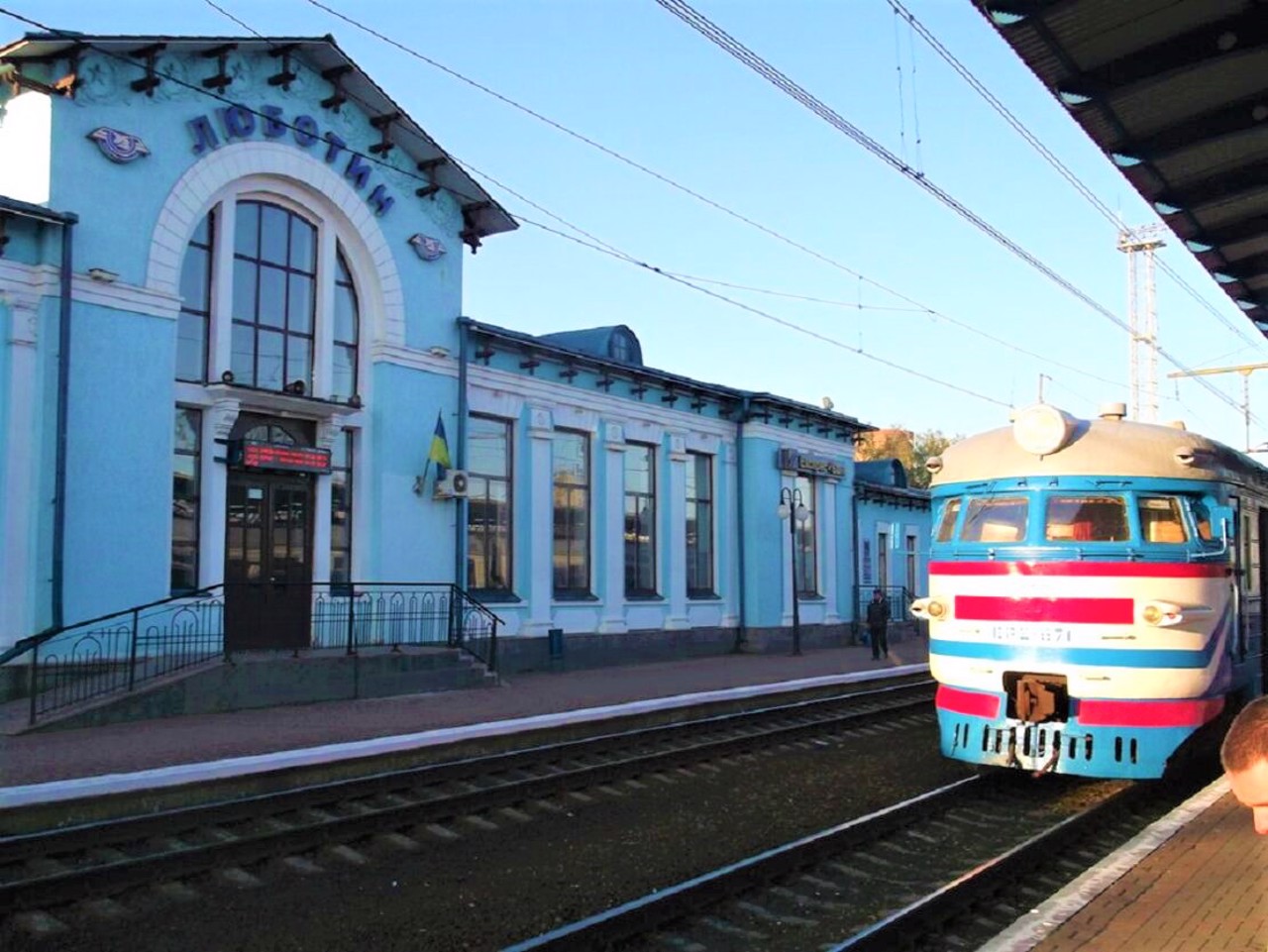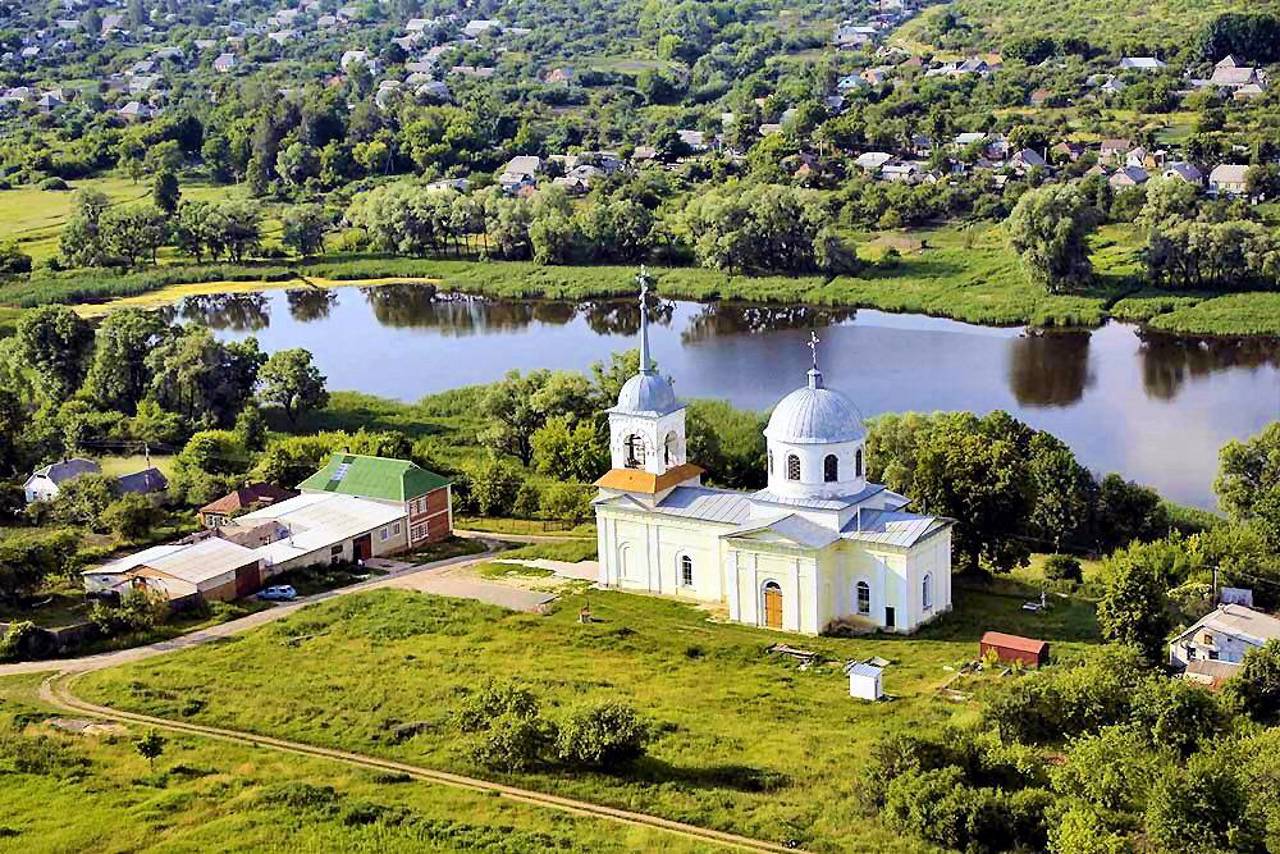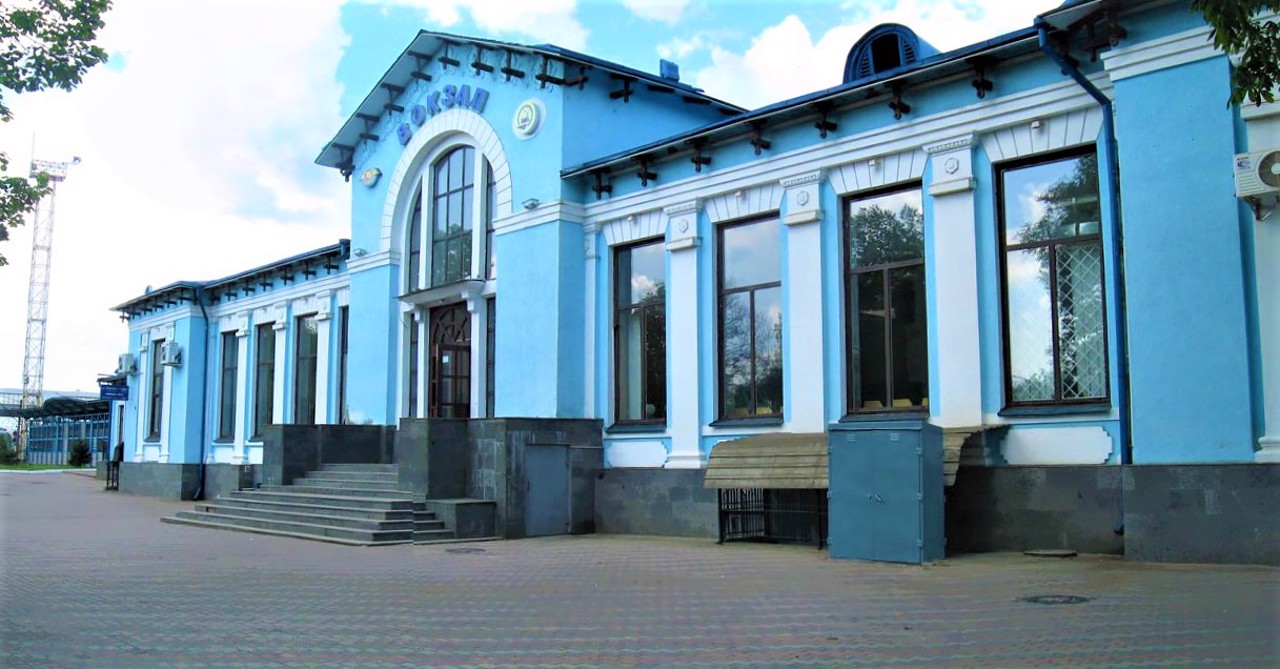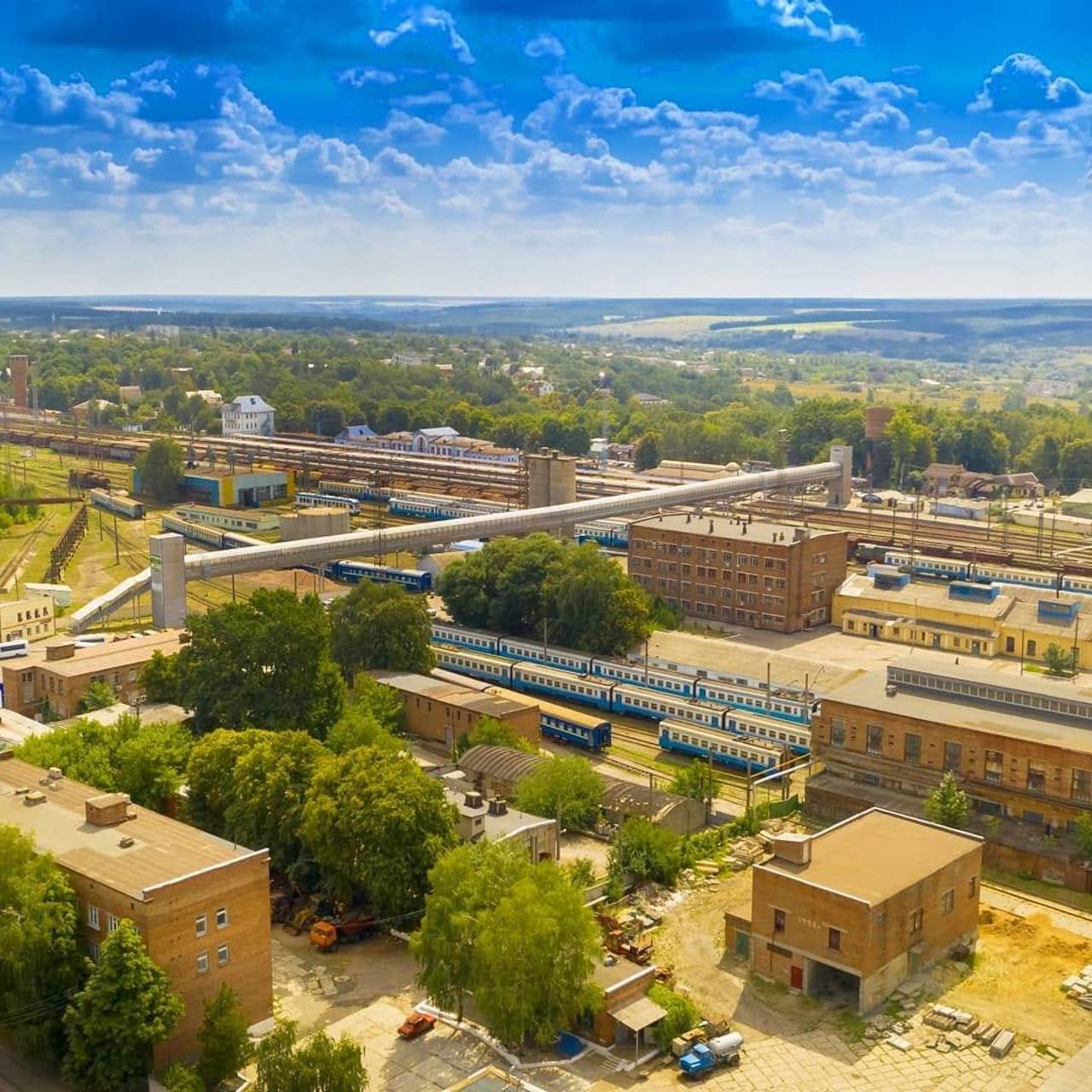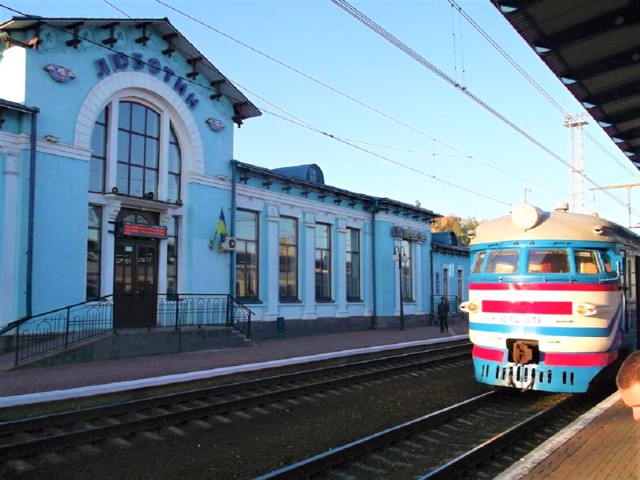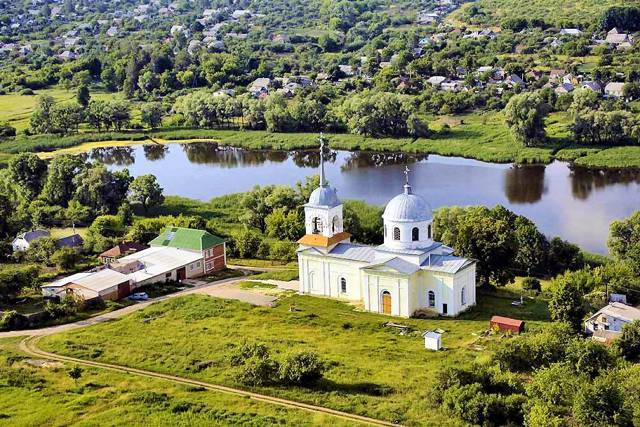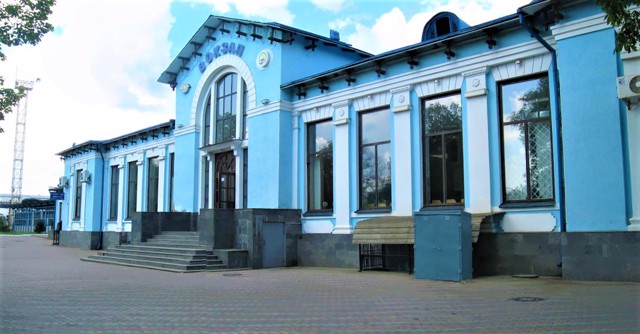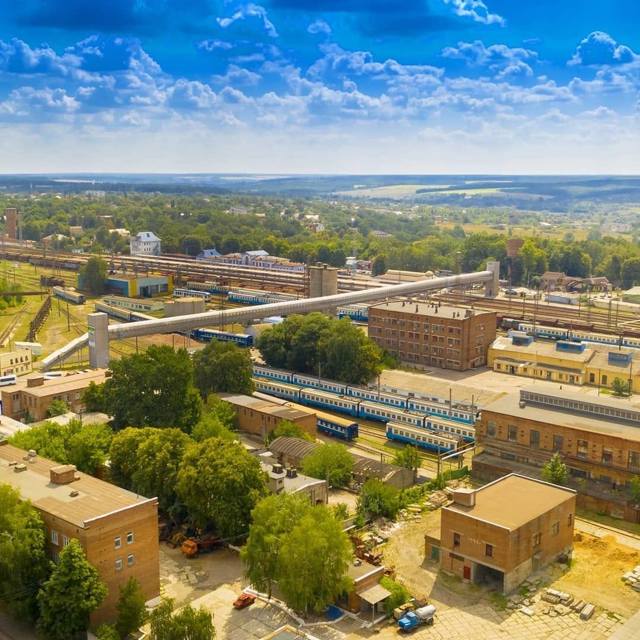Functional temporarily unavailable
General information about Liubotyn
The city of Liubotyn on the Merefa River is located 25 kilometers from Kharkiv, next to the Poltava highway.
In 1571, the Liubotyn Kolodyaz guard post was mentioned for the first time, but the foundation of the permanent Cossack settlement of Liubotyn dates back to 1650. The settlement of these lands by people from Right Bank Ukraine was connected with the end of the Liberation War and the partial restoration of Polish rule.
In the 18th century, on the south-eastern outskirts of Liubotyn, the Shcherbinin nobleman Hyivka Manor was founded, which in 1802 was bought by the retired major Yona Poznanskyi. The development of the village is connected with the opening of the railway station in 1871. Since 1881, ...
The city of Liubotyn on the Merefa River is located 25 kilometers from Kharkiv, next to the Poltava highway.
In 1571, the Liubotyn Kolodyaz guard post was mentioned for the first time, but the foundation of the permanent Cossack settlement of Liubotyn dates back to 1650. The settlement of these lands by people from Right Bank Ukraine was connected with the end of the Liberation War and the partial restoration of Polish rule.
In the 18th century, on the south-eastern outskirts of Liubotyn, the Shcherbinin nobleman Hyivka Manor was founded, which in 1802 was bought by the retired major Yona Poznanskyi. The development of the village is connected with the opening of the railway station in 1871. Since 1881, the Liubotyn estate belonged to the Svyatopolk-Mirskyi princes (after the revolution, an orphanage was placed in the palace, then a boarding school).
In 1905, an armed uprising took place in Liubotyn and an independent workers' republic of Liubotyn was proclaimed, which lasted ten days and was dispersed by tsarist troops.
In 1938, Liubotyn received the status of a city. Now it is a major railway hub. One of the attractions is the longest covered pedestrian railway bridge in Europe (260 meters).
Місто Люботин на річці Мерефа розташоване в 25 кілометрах від Харкова, поруч з Полтавської трасою.
В 1571 році вперше згадується сторожовий пост Люботин Колодязь, але заснування постійного козацького поселення Люботин відносять до 1650 року. Заселення цих земель вихідцями з Правобережної України було пов'язане із завершенням Визвольної війни і частковим відновленням польського панування.
В XVIII столітті на південно-східній околиці Люботина було засновано маєток Гиївка дворян Щербініних, яке в 1802 році купив майор у відставці Йона Познанський. Розвиток селища пов'язаний з відкриттям в 1871 році залізничної станції. З 1881 року Люботинський маєток належав князям Святополк-Мирським (після революц ...
Місто Люботин на річці Мерефа розташоване в 25 кілометрах від Харкова, поруч з Полтавської трасою.
В 1571 році вперше згадується сторожовий пост Люботин Колодязь, але заснування постійного козацького поселення Люботин відносять до 1650 року. Заселення цих земель вихідцями з Правобережної України було пов'язане із завершенням Визвольної війни і частковим відновленням польського панування.
В XVIII столітті на південно-східній околиці Люботина було засновано маєток Гиївка дворян Щербініних, яке в 1802 році купив майор у відставці Йона Познанський. Розвиток селища пов'язаний з відкриттям в 1871 році залізничної станції. З 1881 року Люботинський маєток належав князям Святополк-Мирським (після революції в палаці розмістили дитячий будинок, потім інтернат).
В 1905 році в Люботині відбулося збройне повстання і була проголошена незалежна робоча Люботинська республіка, яка проіснувала десять днів і була розігнана царськими військами.
В 1938 році Люботин отримав статус міста. Зараз це великий залізничний вузол. Одна з визначних пам'яток - найдовший в Європі критий пішохідний залізничний міст (260 метрів).
Сплануй своє перебування у Liubotyn
What to see and where to go in Liubotyn
Tourist attractions and museums of Liubotyn
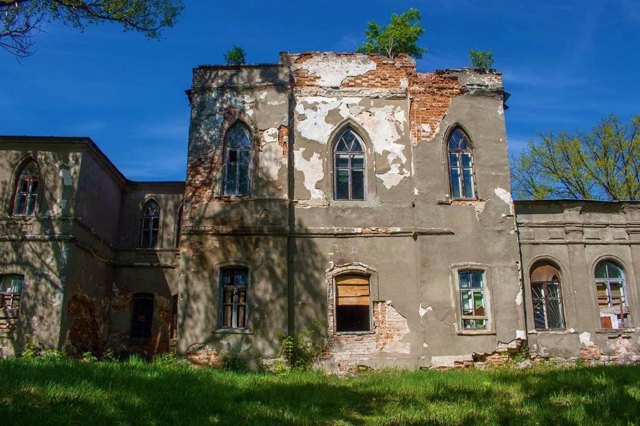
"Hyivka" Estate (Princes Svyatopolk-Mirskyi Palace)
Palace / manor , Architecture
The "Hyivka" estate on the south-eastern outskirts of Liubotyn was founded in 1802 by retired major Yona Poznanskyi, who bought this land from ensign Mykola Shcherbinin.
The "Hyivka" estate was created in the 1820s - 1870s. All elements of the estate were located along a single axis connecting the palace, the pond and the church. This technique creates picturesque perspectives. The main axis was emphasized by linden alleys oriented to the side entrances to the palace and a wooden bridge over the pond. There was a landscape park in the northern part.
The palace, service building, church, and a number of farm buildings have been preserved. The palace building with elongated proportions in a style combining elements of classicism, Romanesque and Gothic styles, single-story in the central part with two-story risalites, had pointed windows. In the garden there was a five-room outbuilding built in the 1820s in the style of classicism with columns and a dome.
In 1881, the "Hyivka" estate was purchased by the Governor-General of the Kharkiv Province, Prince Dmytro Svyatopolk-Mirskyi, a hero of the Crimean War. Svyatopolk-Mirski turned out to be the last owners of the estate.
After 1917, the "Hyivka" estate was nationalized, an orphanage was placed there, and then a boarding school. Currently, the building is dilapidated. The manor park has fallen into disrepair, but here you can still see a cascade of lakes, a linden avenue and ancient oaks. Tombstones on the graves of princes Svyatopolk-Mirsky have been preserved.
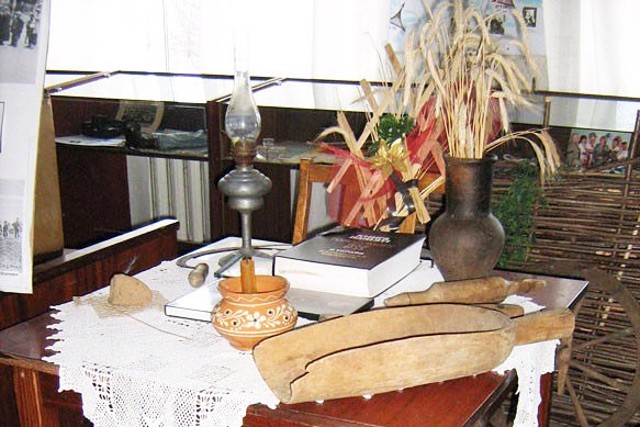
Liubotyn Local Lore Museum
Museum / gallery
The Liubotyn Museum of Local Lore was founded in the city of Liubotyn in the Kharkiv region in 1993 on the initiative of local historians. The museum is located in the premises of the central city library.
The museum's collections include over 8,000 exhibits, including a large numismatic collection, icons from the late 19th century, antique clothing, household items and tools from the late 19th - early 20th centuries.
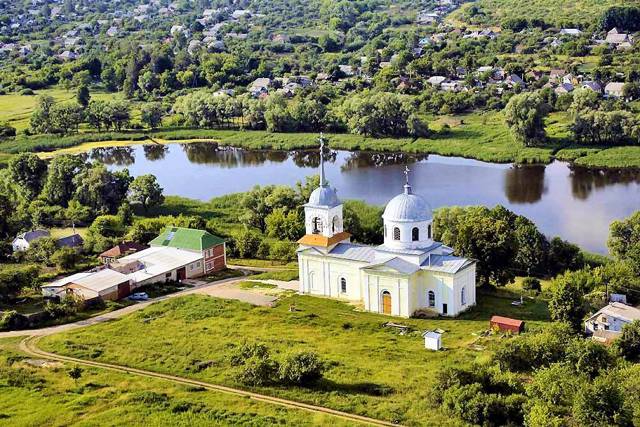
Saint Nicholas Church
Temple , Architecture
The Saint Nicholas Church in Liubotyn is part of the palace and park complex of the "Hyivka" estate, the last owner of which was the Kharkiv Governor-General, Prince Dmytro Svyatopolk-Mirskyi.
The church in the style of classicism stands on a hill above a pond on the same axis as the Svyatopolk-Mirsky Palace.
In Soviet times, the building was used as a grain warehouse, which was damaged during the Second World War.
Currently, the restored Nicholas Church is once again accepting parishioners.
Liubotyn on photo and video
Reviews Liubotyn
Geographical information about Liubotyn
| {{itemKey}} | {{itemValue}} |
|---|---|
| Region |
Kharkiv |
